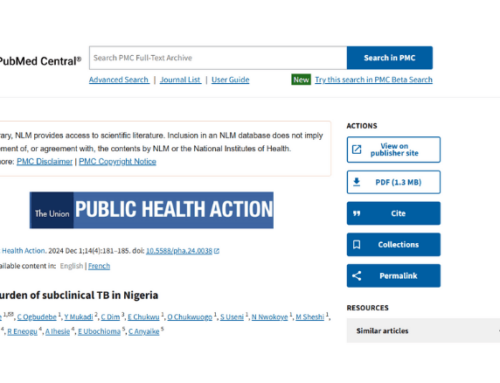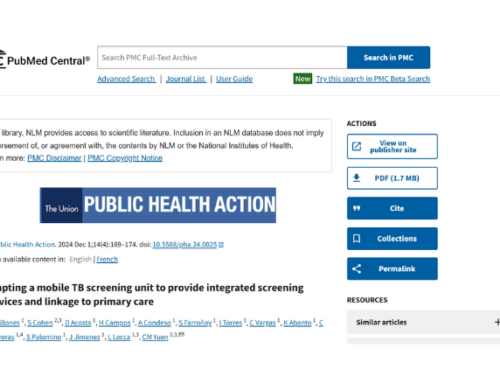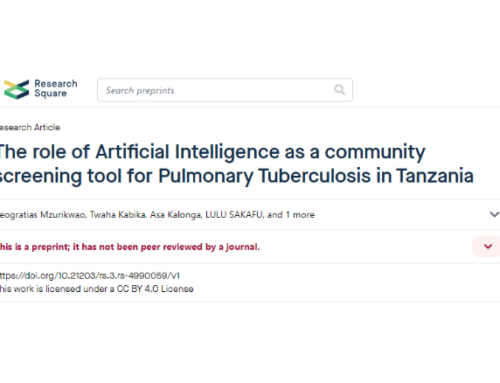The performance of computer-aided detection digital chest X-ray reading technologies for triage of active Tuberculosis among persons with a history of previous Tuberculosis
🔗2023
🔗Journal/Publication: Clinical Infectious Diseases
🔗Read it in full version: https://doi.org/10.1093/cid/ciac679
Abstract
Background: Digital chest X-ray (dCXR) computer-aided detection (CAD) technology uses lung shape and texture analysis to determine the probability of tuberculosis (TB). However, many patients with previously treated TB have sequelae, which also distort lung shape and texture. We evaluated the diagnostic performance of 2 CAD systems for triage of active TB in patients with previously treated TB.
Methods: We conducted a retrospective analysis of data from a cross-sectional active TB case finding study. Participants ≥15 years, with ≥1 current TB symptom and complete data on history of previous TB, dCXR, and TB microbiological reference (Xpert MTB/RIF) were included. dCXRs were evaluated using CAD4TB (v.7.0) and qXR (v.3.0). We determined the diagnostic accuracy of both systems, overall and stratified by history of TB, using a single threshold for each system that achieved 90% sensitivity and maximized specificity in the overall population.
Results: Of 1884 participants, 452 (24.0%) had a history of previous TB. Prevalence of microbiologically confirmed TB among those with and without history of previous TB was 12.4% and 16.9%, respectively. Using CAD4TB, sensitivity and specificity were 89.3% (95% CI: 78.1–96.0%) and 24.0% (19.9–28.5%) and 90.5% (86.1–93.3%) and 60.3% (57.4–63.0%) among those with and without previous TB, respectively. Using qXR, sensitivity and specificity were 94.6% (95% CI: 85.1–98.9%) and 22.2% (18.2–26.6%) and 89.7% (85.1–93.2%) and 61.8% (58.9–64.5%) among those with and without previous TB, respectively.
Conclusions: The performance of CAD systems as a TB triage tool is decreased among persons previously treated for TB.



